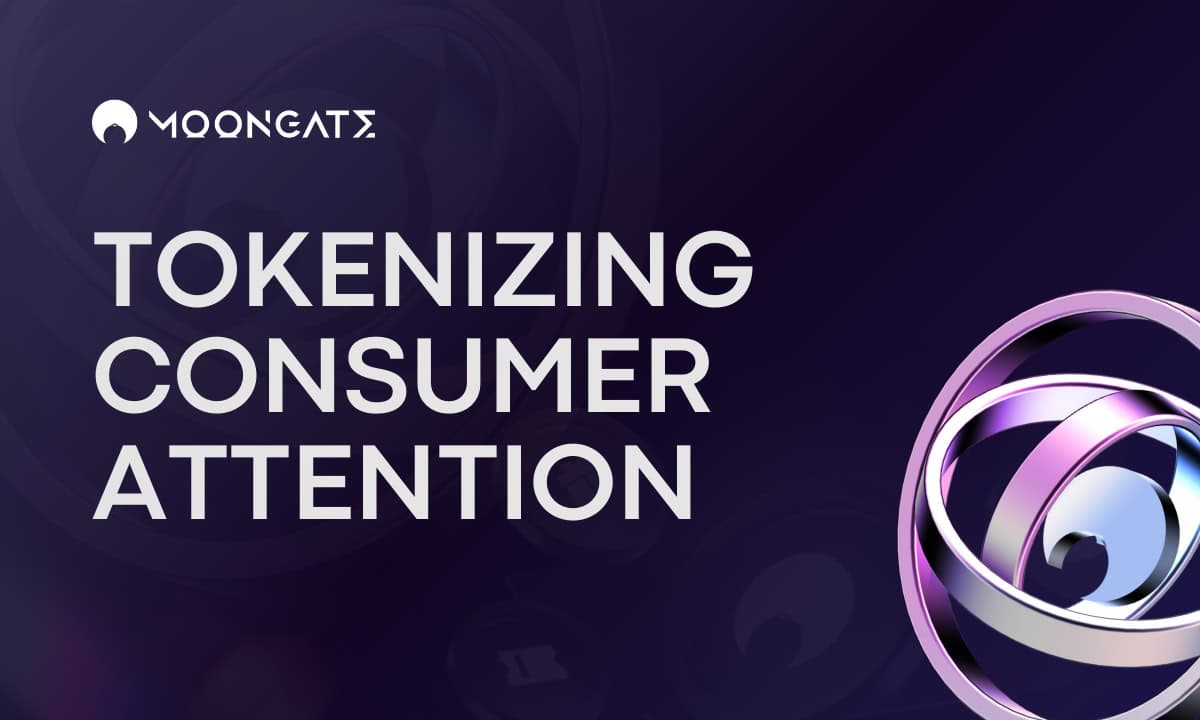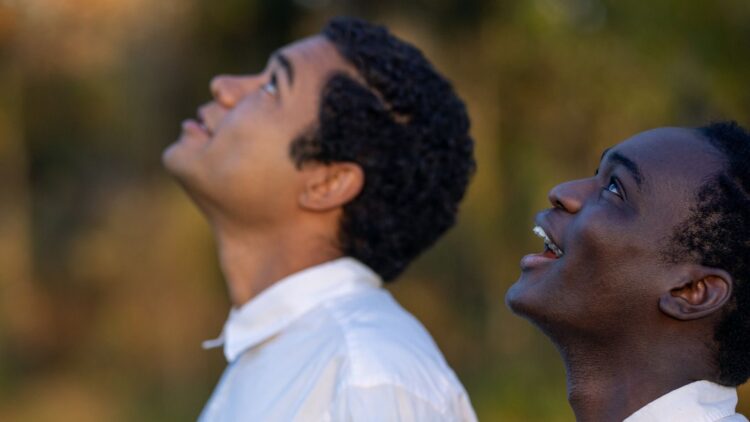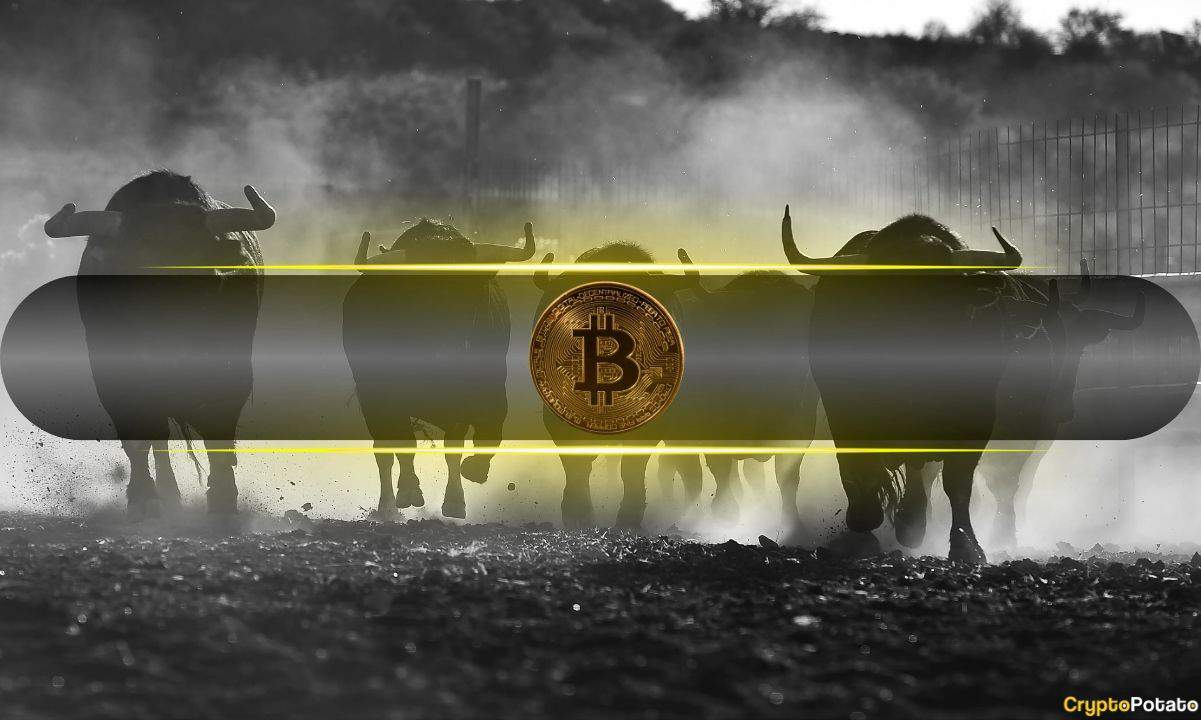Photo Credit: Shudder
ComingSoon Senior Editor Brandon Schreur spoke to Kate Siegel and Alanah Pearce about their segment, Stowaway, in V/H/S/Beyond. The two of them discussed Siegel making her directorial debut in the horror anthology movie, their love for found footage, how Pearce filmed some of the segment’s most intense scenes, and more.
“V/H/S/Beyond, the seventh installment of the V/H/S franchise will feature six new bloodcurdling tapes, placing horror at the forefront of a sci-fi-inspired hellscape,” the synopsis for the movie reads.
V/H/S/Beyond will be available to stream on Shudder on October 4, 2024.
Brandon Schreur: V/H/S is obviously a franchise that’s been around for I think over a decade, now. I think the first one was in 2011 or 2012. It’s known for having all these incredible, talented directors working on it. I’m just curious, were you guys a fan of the franchise before you signed on to do this? Do you have a favorite V/H/S segment prior to this?
Kate Siegel: Oh, I’m a huge fan of the franchise. I’d seen them all before I was even asked to be a part of this. I will always say that Raatma is my absolute favorite segment. In fact, I had Josh Goldbloom, our producer, call Chloe Okuno, who did Raatma, and asked for the head of Raatma. In that drawer that is pulled out, where there’s an octopus and a spider, which you guys saw. Above it is a little cat. Below the octopus is the head of Raatma.
Oh, no way. That’s cool. A fun little Easter egg.
Siegel: You can’t actually see it, it didn’t make the cut.
Alanah Pearce: Oh, didn’t it? I didn’t know that.
Siegel: No, you never see Raatma. But she was there! Raatma was there.
Pearce: I had not even heard of V/H/S and didn’t really know what it was until one of the days, we were filming on set, a friend texted me and he was having a rough day. So I used my lunch break to call him. I used my lunch break to call him. He was like, ‘What are you doing right now?’ I was like, ‘I’m making this movie for my friend. Do you know V/H/S?’ And he goes, ‘You’re making a V/H/S?!’ That was when I was like, ‘Oh!’ I’m much more of a gamer, so I’ve played every horror game under the sun, but I have a lot of blind spots where movies are concerned that the Flanigan household is, in part, fixing for me. I recently went and watched all of these movies that I’d never even heard of. The Shawshank Redemption, I just watched for the first time.
Siegel: Which is crazy!
Pearce: I know. I’ve just played so many video games that I have a lot of movie blindspots. But Kate encouraged me to go through and watch them. I did watch some before we filmed; I just didn’t know how much people loved V/H/S. I just didn’t have that visibility. So it’s really cool to now be a part of it, now be a fan of it, and to have been able to see them now. I think it’s so much fun and there’s so much fun that can be had in horror anthology. A lot of horror sometimes can drag; these are so fast-paced and so different. It’s so creative and so fun, I loved it. They all feel so different because you’re seeing works from totally different directors. I am now definitely a fan.
There you go, that’s awesome. Kate, obviously you are no stranger to the horror genre. You’ve been in all kinds of stuff like Hush and I’d be kicking myself if I didn’t say that your speech at the end of Midnight Mass is one of my favorite things to ever exist. Now you’re stepping into the chair as director. I’m curious what’s that like and how that all came about. Was it daunting at all, were you nervous, or did you have the vision and just went for it?
Siegel: Oh, it was hugely daunting, it was terrifying. It was a completely unexpected challenge that just showed up. V/H/S called my team and asked if I’d be interested. My first answer was no because, having lived with Mike, and having been through five TV shows and three movies, I know what is asked of the director. I know how much work it requires. I had a huge amount of respect for what he did and I didn’t want to go into it casually.
So, I was scared and I said no. Then it came back around, I put on my big girl pants and I said yes. Then I got to work. Every day, I felt the pressure. Every day I wasn’t shot listing or storyboarding, from the second I had the green light, I was thinking about it on walks. Like Halley, I was like, ‘I do not want to f*** this up, I need to prove this.’ I want to show my daughter that I can do this, I want to give it my all, and I want to try as hard as I can.
I think there is a pervasive feeling in Hollywood that you have to be cool, as an artist. You have to somehow be withdrawn from desire or not wanting to appear to want. I actively wanted to let that go. I was going to make it known that I wanted something and I was working hard for it. I’m very grateful for the support of V/H/S, Shudder, and Studio71 for letting me swing for the fences.
That’s a good way to put it. I think the directing is amazing in this. You can tell, you’re swinging for the fences and I think it totally hits it. Alanah, I’m curious about your experience here, too. What’s it like working with Kate as a director?
Pearce: Incredible. I’ve worked with a bunch of different directors with varying amounts of experience. Kate was one of the best I ever worked with. I could’ve never guessed that she didn’t have years of experience as a director. She was so collaborative, and she also just made the easiest space in the world for me to act in. I was very comfortable, I didn’t feel any pressure, I didn’t feel like I was going to be embarrassed or judged if I did anything goofy. And a lot of horror acting does feel kind of goofy because you’re in a completely normal set with a bunch of people standing around, and then you have to shriek like a terrified person. It was really comfortable for me, and, also, access to Kate — I had someone who was so talented and had such a wealth of experience and knowledge. If I felt unsure about anything, I could just ask Kate. I feel like I had the easiest circumstances under which to act in. She made me so comfortable, and we also just had a lot of fun. It was a really fun shoot. There were a lot of laughs, which is the best way to create anything.
Yeah, I love it. Kate, I could ask you the same question here about Alanah because, Alanah, I thought you were great in this. You totally sell the moments that are scary as shit, but then there are the quieter moments like the one line about the birthday and how there will be more of them. What was it like with Alanah?
Siegel: I mean, Alanah is a dream. I know that it’s pretty common for people in the press to just say nice things, but when I tell you that these are all real. This is true. Alanah surprised me at every turn. I asked her to confront the existential terror of existence and gaze out a window into the deep vastness of space. I, as an actress, would be intimidated by that. I would flinch. And Alanah didn’t flinch at all. She dove in, she tried things, she surprised me, she was fearless without being egotistical. I will work with Alanah for the rest of my career.
That’s awesome. Obviously, we talked about the V/H/S franchise in general. And, obviously, V/H/S is known for being found footage. I’m just kind of curious about your relationship with the found-footage sub-genre in horror. Are you guys fans of it? How did this story kind of happen better with found footage compared to if you had just told it normally?
Siegel: I’m a huge fan of found footage. The Blair Witch Project is in my top five movies of all time. I think found footage, recently, has gotten a bad rap because people think of it as a cheap way to make a movie. It’s actually a very specific art form. Not to be heady about it, but it’s like using pointillism to make a painting. You think you can just dot dot dot dot dot and have it, but it has to be used correctly and it has to be used thoughtfully. I very much appreciated the tight boundaries it gave me in terms of what I could show and how I could show it. It made me think about my character’s point of view and shot composition in a whole new way. I love it.
Pearce: Like I said, I’m a huge gamer, so I played a lot of horror video games. Probably the most iconic, camera-based video game is a series called Fatal Frame, which is absolutely terrifying.
Siegel: That’s not the one I played. What’s the one that we played?
Pearce: P.T., which is also terrifying. Outlast is a series that uses a camera that you need to have your battery saved to make sure you’re actually filming things without your camera dying because then you can’t see anything. It’s a premise that I’ve loved from the many video games that have done it very well. I’d also agree, I think Blair Witch Project is absolutely incredible. There’s also a Blair Witch game, which is also incredible. I might have to make you play that someday, Kate. Getting to explore found footage from a filmmaking perspective is definitely a very new thing for me. There are so many things about it that I think just make it so intimate. It’s an intimate story; Halley is just one person. Having that camera perspective so often tight — because all you’re seeing is a finger, sometimes, in frame — and the constant reminder that she’s the one going on this journey and that she’s really just filming it for herself. I think that creates an intimacy that is really difficult to look away from, no matter what you are looking at.
Sure. I am dying to talk to you about some of the stuff that happens in the second half of Stowaway because, man, it gets crazy. Kate, I know that Mike was the one who wrote it, but, in the process of making this, did you know from day one that this was the direction that it was going to go? That you were going to into space and some twisted shit was going to happen at the end like that?
Siegel: Oh, absolutely. Mike wrote the script. Because he’s such a supportive collaborator and so supportive of my career, he was like, ‘Hey, what movies do you like? What kind of stories do you want to tell?’ He kind of sat me down and talked to me about it. I talked about The Jaunt, which is a Stephen King short story. I talked about Contact with Jodie Foster. I talked about The Fly. I talked a bit about this theory that everyone is doing the best that they can and that is a horrible thing that happens. I kind of laid all those things out for him and he was like, ‘Yeah, yeah, yeah.’ Then he went away. About 20 minutes later he came back and there was the treatment for Stowaway.
Very early on, I knew where we were ending. I started pulling images and references about what that would look like. The — I’m going to try to do this without spoilers — way that the creators of the final form would be part of the, ‘We’re doing our best, and that’s horrible.’ I loved knowing where it was going because that allowed me to work backward and know that everything shot in the desert with Alanah could be full of color and very Earth-bound. The camera has weight, it slides off the car. The camera has weight, it’s on the ground. She’s picking it up, she’s moving it around. When we take all of that away, we take away gravity and take away the visual spectrum of light. We were able to have a really beautiful contrast in a short period of time.
Oh, totally. The whole second half just looks beautiful, the way you shoot certain things. I thought it was so cool. I was going to bring up The Fly, too, because when you see that shot, I was like, ‘Oh man, we’re going Cronenberg, here.’ I thought that was so cool. Alanah, is that actually you under all of that?
Pearce: Yeah, it is. There are parts of me that were make-up and parts of me that were a prosthetic that I had to get into. But it is all me and it was deeply uncomfortable. There’s a really interesting thing about trying to capture that weightlessness while in the prosthetic. I think there was a moment where Kate said, ‘We need to make it look a little more floaty.’ I had to be like, ‘I’m doing my best but it weighs five pounds.’ There was something I was trying to hold up but just could not shake. She was like, ‘Okay, let’s do this instead.’ We had to adapt to the fact that I had to wear something that was very heavy while also trying to sell weightlessness. These are challenges that you don’t expect until you see this thing that’s built for you.
Kate repeatedly gave me opportunities to have somebody else do it, because a lot of the things you are seeing at the end are kind of puppeteering, effectively, and it was very uncomfortable. But I really wanted to do it myself so, in part, I could say, ‘Yeah, that is really me.’ It was wild and disgusting, but a very fun thing to have done.
It looks wild and disgusting.
Siegel: That is a great example of the type of actress that Alanah is. She wants to be in there, she wants to be in the fight, she wants to be in the thing and making the choices. Another thing found footage gives us, not just the intimacy, but it really is the collaboration because Alanah is there more or less dancing, waltzing, with Michael Fimognari, the cinematographer who is also the camera operator for those things. All three of us, it was this perfect little triangle of Alanah, Fimognari, and me, all together. I kept saying in my head, at least — I don’t remember what I said out loud and what was in my head — that a triangle is the strongest shape. Did I say that?
Pearce: No, you never said that.
Siegel: Did I never say that? In my head, I’d just yell things out.
Now you said it, at least. Another thing I’m curious about that happens in the final moments, and I don’t want to say too much for the sake of spoilers, but, beyond Alanah’s final form, there’s another thing we kind of see in the spaceship. We only kind of briefly glimpse it for a moment and, again, I think that’s where the found footage component really comes in, it kind of has that Blair Witch Project effect where it’s like that thing is there, that’s alive, but we don’t get to look at it. Was there ever any conversation about showing more of it or did you always know that you wanted to have a brief, Signs-like glimpse of it?
Siegel: One of the joys of filmmaking is the fact that the solution to a crisis is almost always better than the original plan. It may not have been the original plan, but I am thrilled with what the solution looks like.
Sure, definitely. I thought it was terrifying, that scene freaked me out, totally. Awesome, I just got a few minutes left here, but Kate, now that you’ve made your directorial debut, do you have plans or ideas for following it up with anything? Do you want to keep directing?
Siegel: Oh, absolutely. I am going to gorge myself on it. I have a couple of things that I’m lining up. I fall in love with something and I go full-force, full steam ahead. So I intend to do the same in this way.
The post Interview: Kate Siegel and Alanah Pearce on Making V/H/S/Beyond’s Stowaway appeared first on ComingSoon.net – Movie Trailers, TV & Streaming News, and More.






























